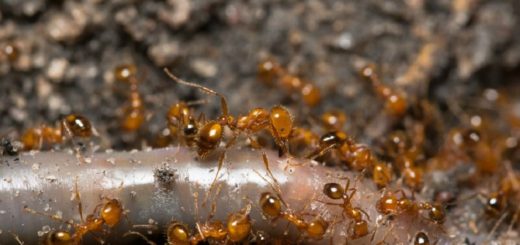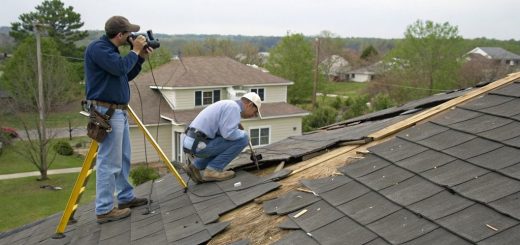How to get rid of crane flies
If you spy on what looks like a giant mosquito spinning around your garden or hurtling around the back porch light, don’t panic – it’s just a crane fly. During the summer, adult crane flies emerge from the pupae underground to mate and lay eggs. While many are useful decomposers, crane flies and lawn damage also go hand in hand.

What are flies cranes?
Crane flies belong to the Diptera order, and are distant relatives of flies and mosquitoes. Regardless of their less than desirable relatives, adult crane flies do not bite or spread disease, although crane flies in lawn grass can be problematic. These flying leggy insects lay their eggs on the lawn; the emerging larva is the stage to be feared.
Crane flies are the largest family of true flies in the world, the Tipulidae family, which contains over 14,000 species of crane flies. More than 500 types of flying cranes live in the United States. Adults resemble overgrown and clumsy mosquitoes with long legs. Worm-like larvae are aquatic or inhabit humid terrestrial habitats such as decaying soil or vegetation. Flies for adult cranes are harmless and do not bite or sting. Crane flies are primarily beneficial, but some species have larvae that can damage plants.
Crane larvae are long, white, worm-like insects that measure up to 1.5 inches in length. They feed on the roots under the green grass meadows, killing the crowns and causing brown spots which otherwise perfect marble mar of green grass. Crane larvae can also emerge to feed on crowns and blades of grass on warm nights, other harmful lawns. Most peat species are able to tolerate populations of small and medium sized crane larvae, but high feeding pressure can cause disasters.
How to get rid of Crane Flies
Do you know? Frogs, birds, lizards, fish, spiders and dragonflies eat crane flies.
Flies of adult cranes do not live long and are not dangerous, so efforts to control crane flies are primarily aimed at larvae. By reducing the habitat, increasing the vigor of the turf and using beneficial nematodes, it is possible to significantly reduce the crane bird populations effectively and without applying dangerous chemicals on the lawn.
Dethatching and lawn aeration are vital in the battle against crane flies; implement a lawn care regiment that includes both of these chores at least once a year, more often if your thatched roof is very thick. Once you complete these chores, cut back on the water you apply to your lawn. Crane flies need a moist environment to survive, but most herbs will do just fine with moderately dry soil, as long as they get wet when watered.
The beneficial nematode Steinernema feltiae can reduce crane fly larvae by up to 50 percent when used correctly, but nothing reduces crane damage like a well-managed lawn. An application of nitrogen in spring is recommended for luxuriant and healthy grass able to better resist the feeding of crane larvae.

















